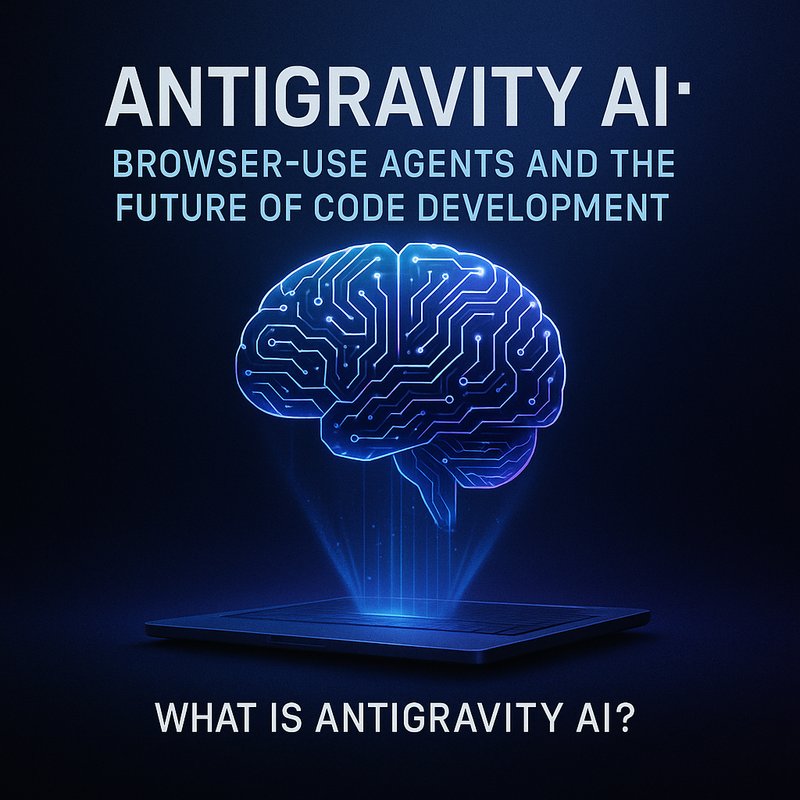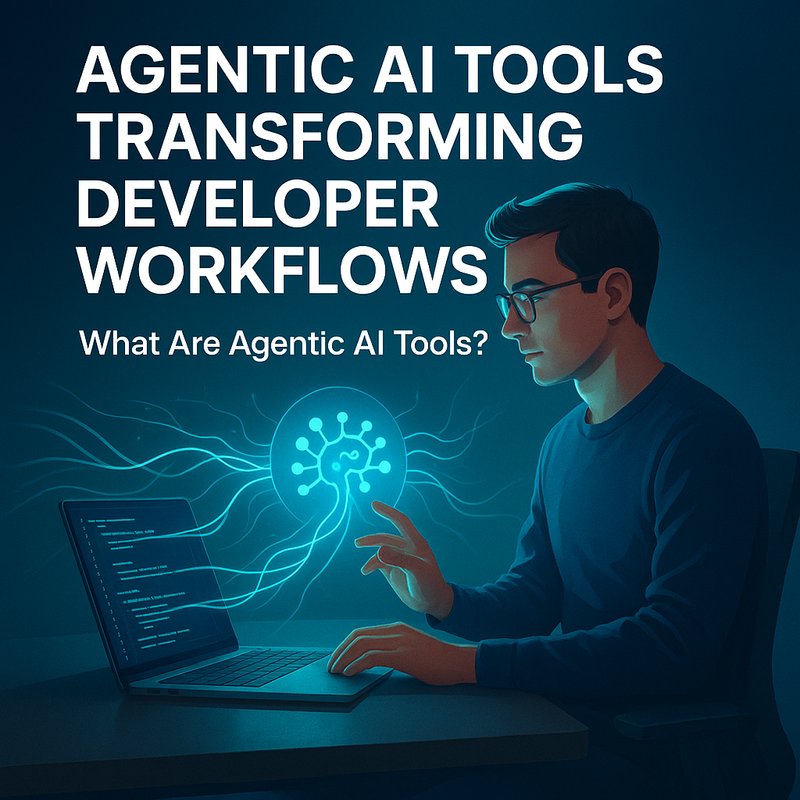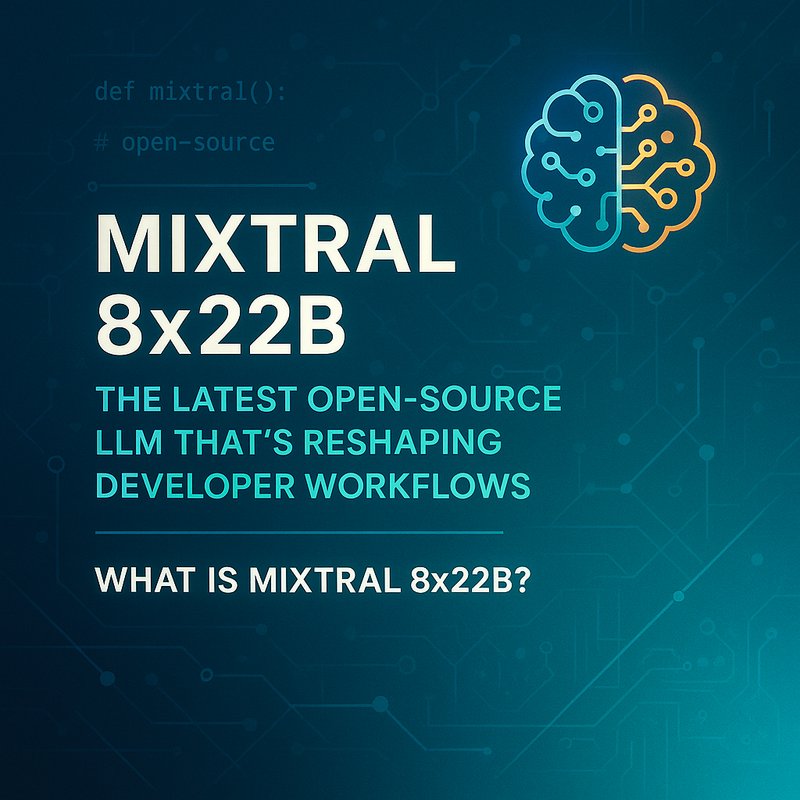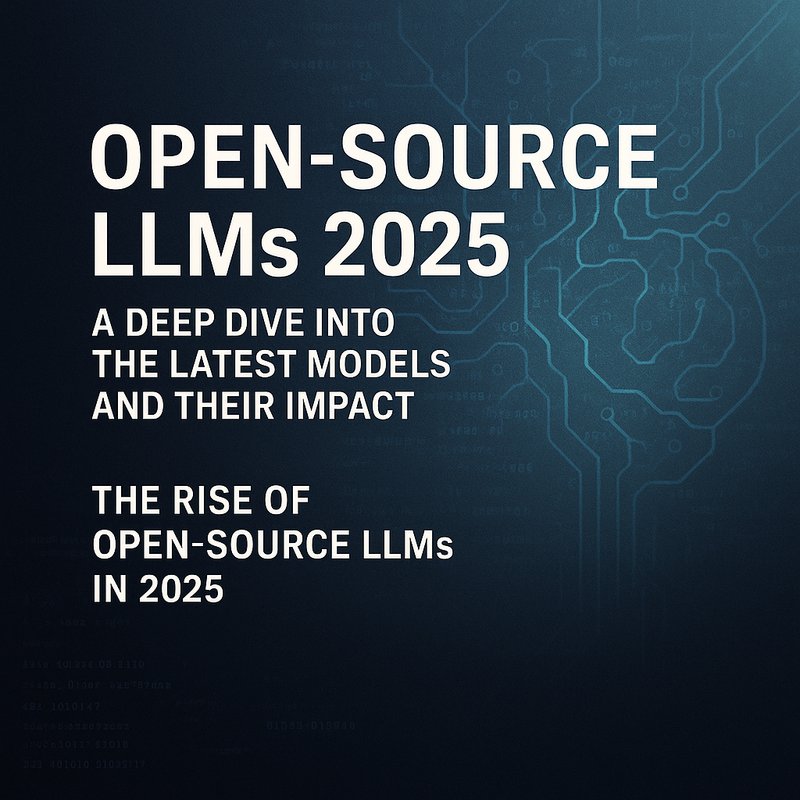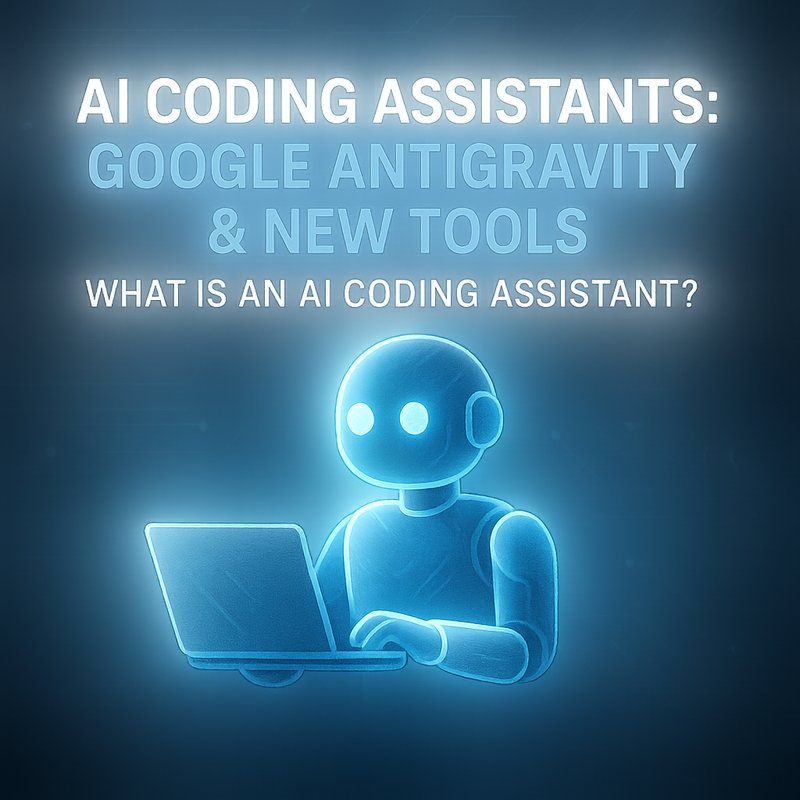Turbocharged AI: The High-Speed Future of Model Inference
Imagine sipping your morning coffee while effortlessly chatting with an AI that responds faster than you can blink. Sounds like science fiction, right? But what if I told you that Hugging Face and Groq are teaming up to make this a reality? Their mission? To make AI model inference ultra-fast. Let’s dive into what this means for the future of AI.
The Need for Speed
Artificial intelligence has come a long way, but one major bottleneck remains: inference speed. When you interact with an AI, like asking Siri or Alexa a question, the delay between your query and the response can be noticeable. This lag is due to the time it takes for the AI model to process your request and generate an answer. For many applications, from virtual assistants to self-driving cars, speed is crucial. The faster the AI can respond, the more seamless and natural the interaction.
The Power Couple: Hugging Face and Groq

Hugging Face is well-known for its vast library of pre-trained models, making it a go-to platform for developers looking to integrate AI into their applications. Groq, on the other hand, specializes in high-performance AI computing, particularly with its innovative hardware designed to accelerate AI workloads. By joining forces, they’re poised to tackle one of AI’s biggest challenges: inference speed.
The Tech Behind the Speed
Groq’s technology is based on its unique hardware architecture, optimized specifically for machine learning tasks. Unlike traditional CPUs or GPUs, Groq’s chips are designed to handle the complex computations required for AI model inference at incredibly high speeds. When combined with Hugging Face’s extensive model library, the potential for rapid deployment of fast AI applications becomes enormous.
Real-World Impact
So, what does this mean for you and me? Imagine:

- Virtual assistants that respond in milliseconds, not seconds
- Self-driving cars that can react instantly to changing road conditions
- Customer service chatbots that can handle complex queries with human-like speed and accuracy
The possibilities are vast. For instance, in healthcare, rapid AI inference could help doctors quickly diagnose conditions from medical images. In finance, it could enable real-time fraud detection and prevention.
The Challenges Ahead
But wait, there are challenges. One major hurdle is ensuring that speed doesn’t come at the cost of accuracy. AI models can be tweaked for performance, but if they start providing incorrect answers, the consequences can be severe. Hugging Face and Groq will need to balance speed with reliability and accuracy.
The Future is Fast
As Hugging Face and Groq push the boundaries of AI model inference, we can expect to see a new generation of applications that are not only intelligent but also remarkably responsive. The future of AI is looking faster, and that’s something to be excited about. But here’s where it gets interesting: what will be the first application to truly harness this technology and change the way we interact with AI? Only time will tell.
The catch? This technology is still in its early stages, and widespread adoption will take time. However, one thing is certain: the collaboration between Hugging Face and Groq is a significant step toward making AI more accessible, more efficient, and, most importantly, faster. And who knows, maybe one day we’ll look back on this partnership as a turning point in the development of ultra-fast AI.

